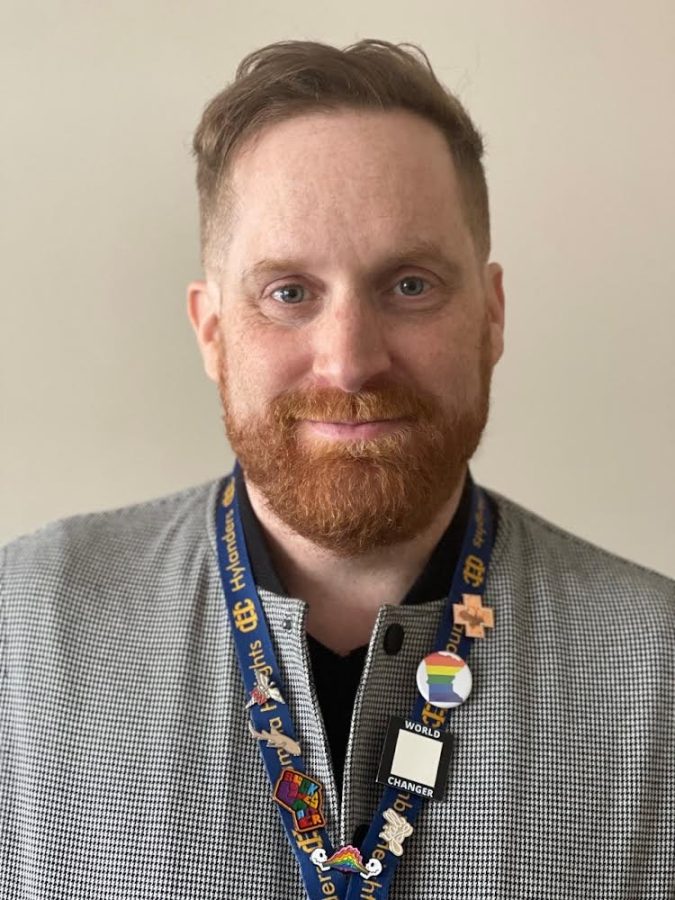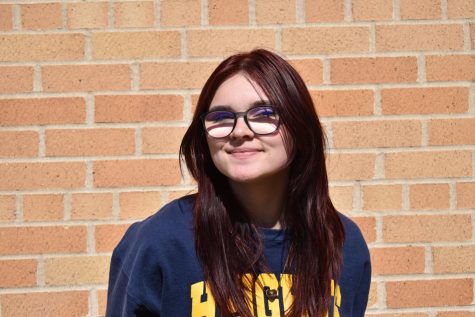New Normal: Mandates increase while vaccination rates decrease
Now that students across Minnesota and the United States have officially been back in the classroom after being behind a screen for nearly two years, there are new measures taking effect so everyone in schools can be extra safe. Having such a deadly virus like the coronavirus has led to much discussion about other required vaccinations and immunization checkups. Now, vaccinations are becoming more prominent and required for things like school. Though vaccines such as the relatively new meningococcal vaccine, are becoming required and enforced, the COVID vaccine stays optional, and vaccination rates overall, even for those required by law to attend public schools, decrease. Will we ever get back to the “old normal” from before the coronavirus hit, with higher vaccination rates and a safer school populace? Or will we have to start creating a “new normal”? The Heights Herald sat down with District Nurse Keturah Spriggs and CHHS Nurse Andy Hardman to find out.

District Nurse Keturah Spriggs
Was there a push for required vaccines with the younger grades like there was here at the high school?
[According to] Minnesota State Statutes, we are required to require students to either be up to date or be in the process of getting up to date on immunizations. It’s been Minnesota law for many, many years and schools are supposed to enforce it. With COVID, though, it was different because everything shut down and [families] couldn’t get primary care appointments so people have been behind on vaccinations.
Why was there a recent push for vaccines? Is it anything to do with trying to get things back to “normal”?
I think it’s a couple of things. One is it definitely has to do with COVID — vaccines weren’t a priority, especially when kids are learning from home. I think it is trying to get us back to being “more normal,” which I don’t fully think we ever will, but we’re trying to find a new normal. Number two, [the district] hasn’t really had a consistent [District Nurse] for more than a year. A huge part of my position is making sure our school district is in compliance with different health needs, vaccinations and even a health clinic. It’s hard to keep up when things aren’t consistent.
Who enforces vaccinations?
It’s kind of a mix of everything. Technically, it’s the Department of Education that states we need to do these things along with the Minnesota Department of Health. It is also written into Minnesota law as well. I also try to enforce it. I spent a ton of time this fall calling families, [and] trying to send letters out, but the administration at each school is really who enforces it. It’s different at each school like some schools had a list of 20 people while the high school had a list of close to 300 people and the age of the students makes it different at every level.
Why is it important to be on top of vaccinations?
It’s important for individual students’ health as a whole. The basics of immunization is if you have enough students immunized — if there were to be a potential outbreak of something, enough students would be protected and protect the people that can’t be immunized. That’s called herd immunity, so that’s a huge way to eradicate disease.

CHHS Nurse Andy Hardman
What efforts were made to contact people besides an HNN Morning Show announcement before students started getting called down to the Performing Arts Center (PAC)?
We initially tried sending letters home, but those are only good if we have correct mailing addresses. All the deans made phone calls home to students’ families and I individually spoke to as many students as I could. Letters are also sent out prior to the start of the year.
What have been some of the biggest obstacles in making sure students get proper immunizations?
It’s the parent’s responsibility, but one of the biggest obstacles or biggest disparity I’ve seen is with students who immigrated here from another country. They’ve had the hardest time, [and] they have to provide documents. It’s a hard situation when they either have no documents or the documents may have been destroyed, they might have to call back to their home country to obtain copies of them. One of the things I want to do better next year is making sure those students aren’t as much of a deficit, in getting that documentation, trying to get more ahead of it instead of trying to play catch up like we’ve been doing.
When did needing the Meningococcal vaccine become required, and why has the date for high schoolers requiring it to attend school been getting pushed so many times?
The second Meningococcal vaccine is a newer requirement in the last couple of years, so it makes sense why there is confusion because that info was probably not widely distributed due to the pandemic. Because of this, we requested an extension for submitting the information to the state health board. The date never really kept changing — it was more like the administration trying to be lenient, and that’s why the date seemed to keep “changing” [to students]. Admin just didn’t want kids to miss school. The thing that’s gotten students and families to get their vaccinations in a very timely manner is the threat of not being able to be in school so moving that date around kind of weakens that threat. Other schools held firm on a date stating that you needed to be up to date with immunizations or you can’t come to school and it worked well. We are a much bigger school than all the other schools in the district, so we had a much bigger list to be accountable for. Eventually, we got it done and the health office is taking steps to make it a smoother process in the future.


Rae Lawrence is a senior this year at Columbia Heights High School. This is her third year on The Heights Herald, this time serving as Co-Editor-in-Chief...







